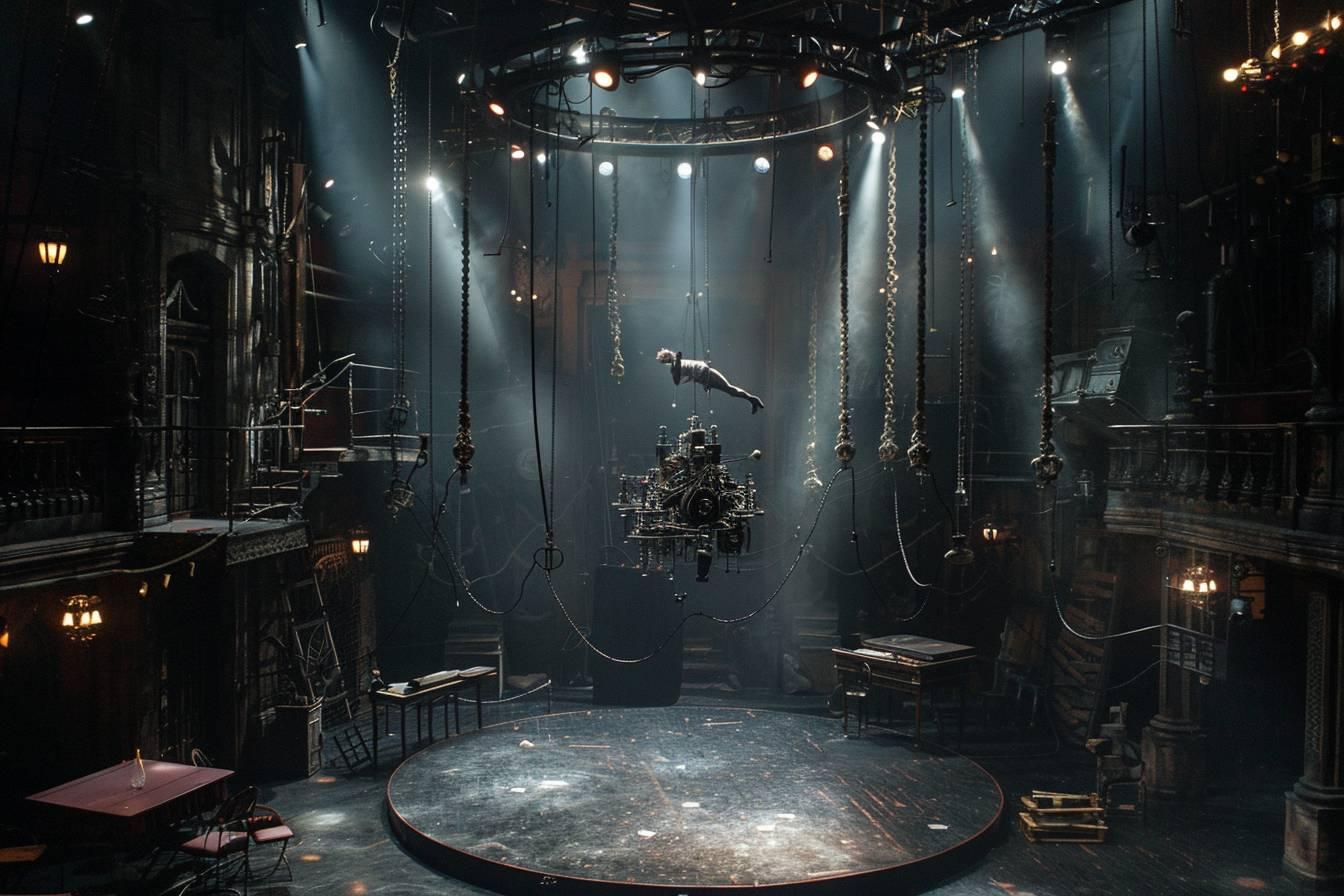Levitation has fascinated mankind for millennia. This mysterious art, which seems to defy the laws of physics, has captured the imagination of crowds and intrigued curious minds. Today, we delve into the secrets of levitation magic, exploring the techniques and tricks involved in creating the illusion of floating in mid-air. Whether you’re an amateur magician or an illusion enthusiast, this guide will take you behind the scenes of this captivating art form.
The basics of magical levitation
Levitation in magic is based on a fundamental principle: to deceive the spectator’s eye. Unlike mystical or supernatural levitation, the magician’s art consists in creating a convincing illusion of floating. This discipline requires a combination of manual dexterity, misdirection (the art of diverting attention) andtechnical ingenuity.
Pioneers of the art, such as Jean Eugène Robert-Houdin in the 19th century, laid the foundations for many of the techniques still used today. Their innovations paved the way for spectacular illusions that continue to amaze modern audiences. Here are some of the most common methods used to achieve the levitation effect:
- Invisible wires
- Hidden supports
- Optical effects
- Perceptual manipulation
Each of these techniques requires intensive practice and meticulous attention to detail. Mastering levitation doesn’t happen overnight; it requires patience, perseverance and a good understanding of the spectator’s psychology.
Advanced gravity-defying techniques
Beyond the basics, professional magicians employ sophisticated techniques to take their art to the next level. One of the most impressive methods is Balducci levitation, named after Ed Balducci. This illusion allows the magician to appear to float a few centimetres off the ground, without any apparent support.
The key to this technique lies in positioning the body and managing the audience’s viewing angle. The magician must master the art of body tension and muscle control to maintain a natural posture while creating the illusion of floating. Here’s an overview of the steps involved in performing Balducci levitation:
- Position yourself three-quarters of the way to the audience
- Raise the heel of the visible foot slightly
- Transfer your weight to the hidden leg
- Maintain balance and natural posture
- Use misdirection to divert attention
Another advanced technique is whole-body levitation, made famous by illusionists such as David Copperfield. This method often involves the use of complex mechanical devices and elaborate staging. The success of this illusion depends on factors such as lighting, the audience’s viewing angle and the perfect synchronization of the magician’s movements.
| Technique | Level of difficulty | Equipment required |
|---|---|---|
| Balducci levitation | Intermediate | None |
| Full-body levitation | Advanced | Mechanical devices, special lighting |
| Wire levitation | Beginner to intermediate | Invisible wires, harnesses |

Tips for perfecting the levitation illusion
Mastering levitation goes beyond mere technical execution. To create a truly convincing illusion, magicians must pay attention to every detail of their performance. Here are some essential tips for perfecting the art of magical levitation:
Environmental management plays a crucial role. Carefully considered lighting can accentuate the floating effect by creating subtle shadows. Similarly, the choice of background and set elements can reinforce the illusion by eliminating visual landmarks for the spectator.
Presentation and storytelling are also fundamental aspects. A skilled magician knows how to create a mysterious, captivating atmosphere that prepares the audience for the impossible. Harry Houdini, master of escape and illusion, excelled in the art of building intense anticipation before his performances.
The magician’sbodily expression is an often overlooked but essential element. Fluid, natural movements enhance the credibility of the illusion. It is vital to practice in front of a mirror to eliminate any tension or parasitic gestures that might betray the secret of the illusion.
Finally, misdirection, or the art of diverting attention, remains the magician’s most powerful tool. By subtly guiding the audience’s gaze and attention, the illusionist creates the right moments to perform the manipulations required for the levitation effect. Techniques such as the use of voice, sweeping gestures or assistants can be employed to orchestrate this misdirection.
The future of magical levitation
As technology continues to evolve, new possibilities open up for the art of magical levitation. Innovations in augmented reality and holographic projection offer exciting prospects for creating even more spectacular and immersive illusions.
However, the essence of magic still lies in the magician’s ability to astonish and amaze. Whether using traditional techniques or high-tech methods, the aim remains the same: to create a moment of pure magic that defies logic and stimulates the imagination.
Magical levitation continues to captivate crowds and inspire new generations of magicians. By combining creativity, technique and psychology, modern illusionists are constantly pushing the boundaries of what seems possible. Whether you’re an aspiring magician or simply a fan of illusions, the art of defying gravity remains an inexhaustible source of fascination and wonder.

